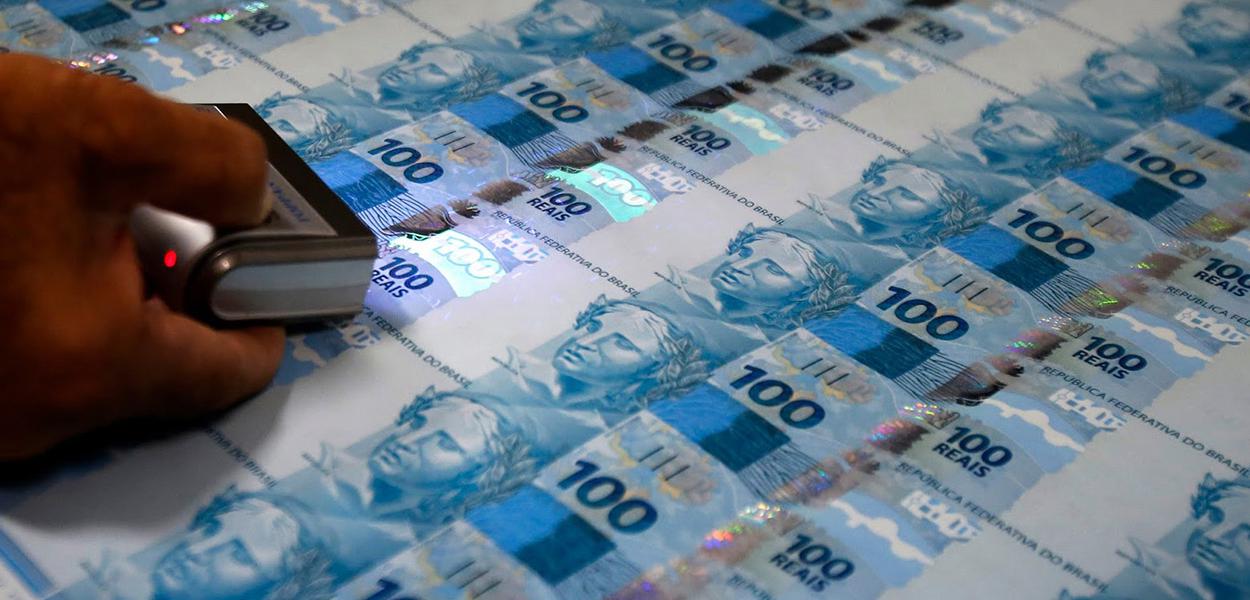RIO DE JANEIRO, BRAZIL – The basic interest rate – Selic – will be defined at the sixth meeting of this year’s Monetary Policy Committee (COPOM) of the Central Bank (BC), next Tuesday and Wednesday, September 17th and 18th.
According to the Central Bank’s latest survey on the financial market, COPOM is expected to cut another 0.5 percentage point in the rate, at a time when the economy is still recovering. The financial market forecast for gross domestic product (GDP) growth is 0.87 percent this year.

At its last meeting in late July, COPOM began a cycle of cuts, reducing the Selic rate by 0.5 percentage points to 6 percent per year. The financial market expects this cycle of cuts to end in October, with another cut of 0.5 percentage point. In December, the last meeting in the year, the Selic is not expected to reduce the rate, closing out 2019 at five percent per year, according to the financial institutions surveyed by the Central Bank.
In the last meeting’s minutes, COPOM reported that it could continue reducing the basic interest rate in the coming months. “The Committee believes that the benign scenario for prospective inflation will allow for additional adjustment to the degree of incentive [monetary, i.e., Selic cut]. The entity stressed that “data suggest the prospect of resuming the Brazilian economy’s recovery process, which had been interrupted in recent quarters”.
The basic interest rate is the bank’s main tool for achieving the inflation target established by the National Monetary Council (CMN). This year, the target is 4.25 percent, with a tolerance interval between 2.75 percent and 5.75 percent. For the financial market, inflation calculated by the Broad National Consumer Price Index (IPCA) should be below the target’s center, at 3.54 percent. The forecast for 2020 is also below the target (4 percent) at 3.82 percent.
Reducing basic interest rates tends to lower borrowing costs and encourage production and consumption. In order to cut the Selic rate, COPOM needs to be sure that prices are under control and do not run the risk of overshooting the inflation target.
The Central Bank works daily through open market operations – buying and selling federal government bonds – to keep the interest rate close to the amount defined by the COPOM meeting.
The Selic, which is used as a reference for other interest rates in the economy, is the average rate charged in negotiations with securities issued by the National Treasury, recorded daily in the Special System for Settlement and Custody (Selic).

History
From October 2012 to April 2013, the Selic rate was retained at 7.25 percent a year and began to be gradually adjusted to reach 14.25 percent in July 2015. In the following meetings, the rate was kept at this level.
In October 2016, a long cycle of cuts was initiated, when the rate fell 0.25 percentage points to 14 percent per year.
The cycle lasted until March 2018, when the Selic rate reached 6.5 percent per year, and then COPOM kept it at its next meetings, until July of this year, when it was reduced to six percent per year.
COPOM meets every 45 days. Technical presentations on the evolution and perspectives of the Brazilian and world economies and the behavior of the financial market are made on the first day of the meeting. On the second day, the COPOM members, comprised of the Central Bank’s board of directors, examine the options and define the Selic.
Source: Agência Brasil

